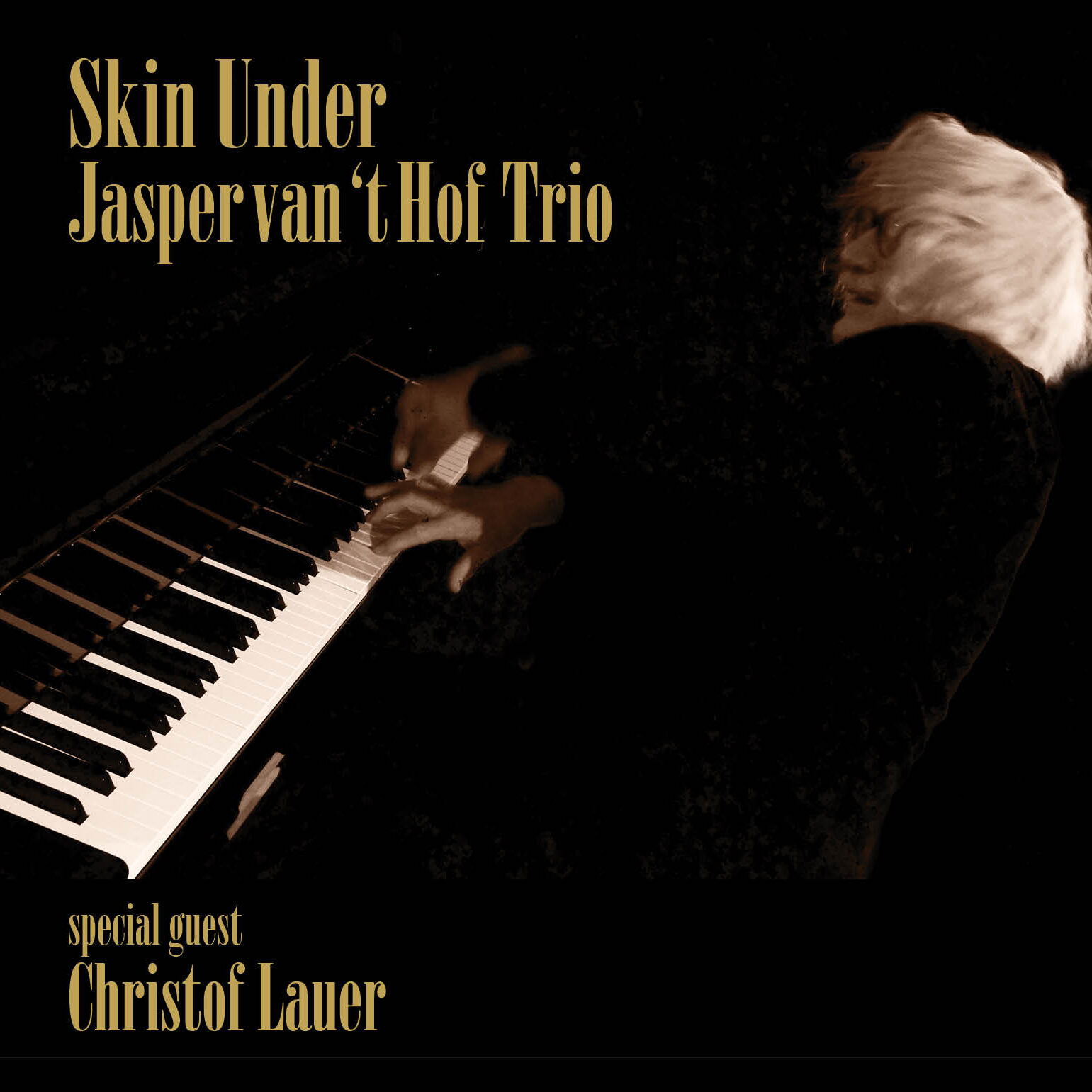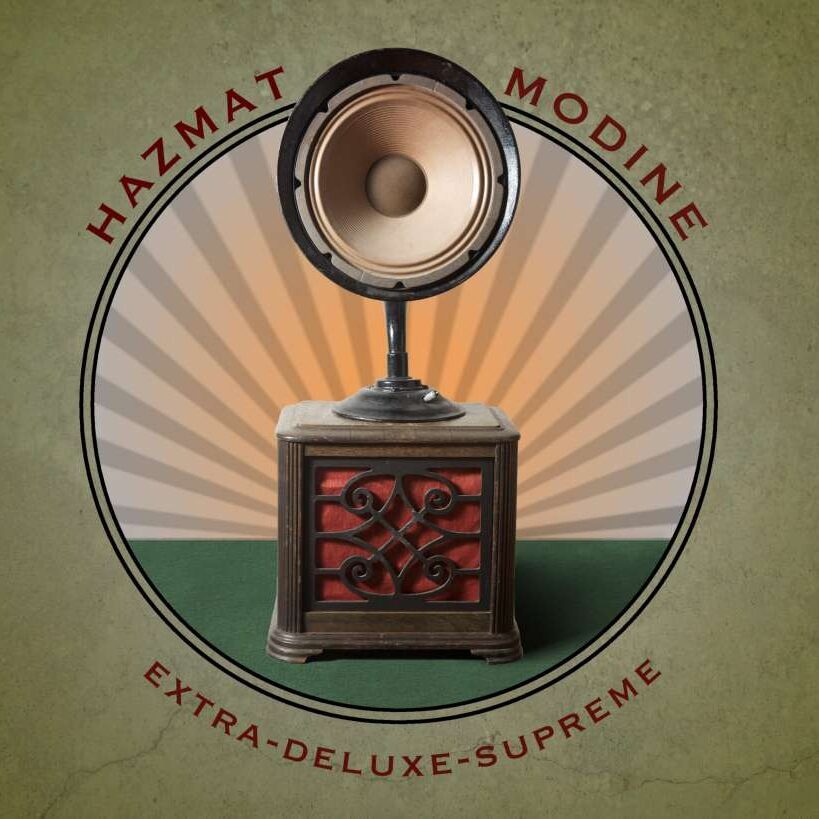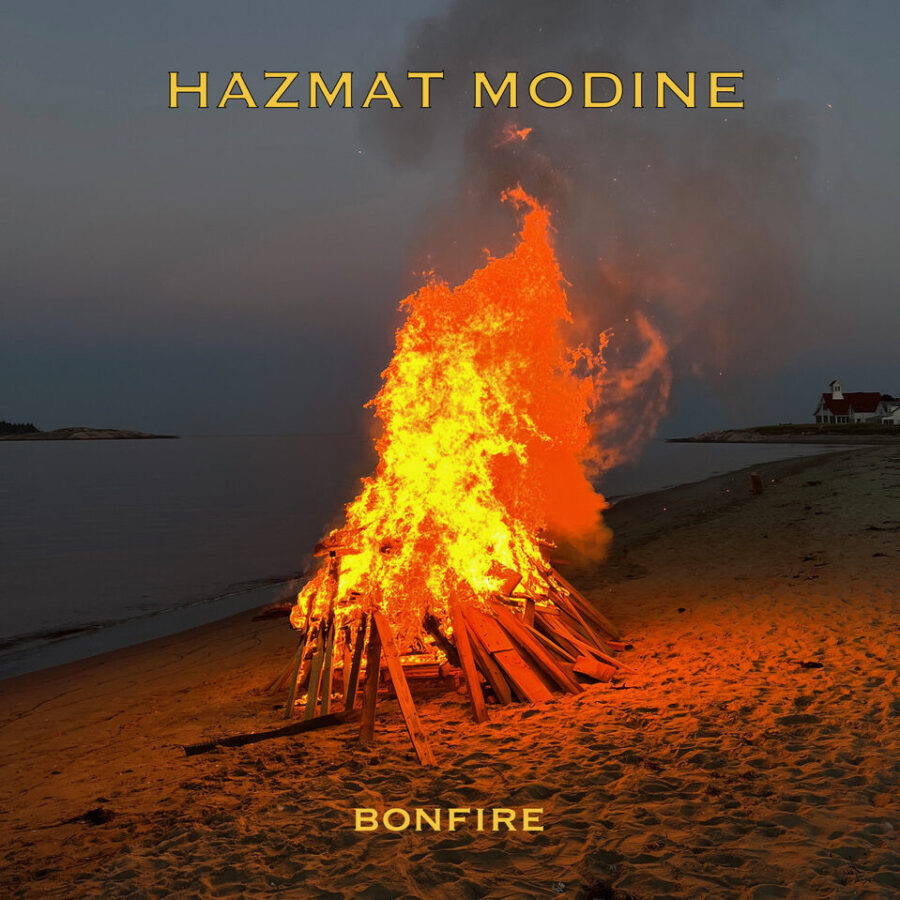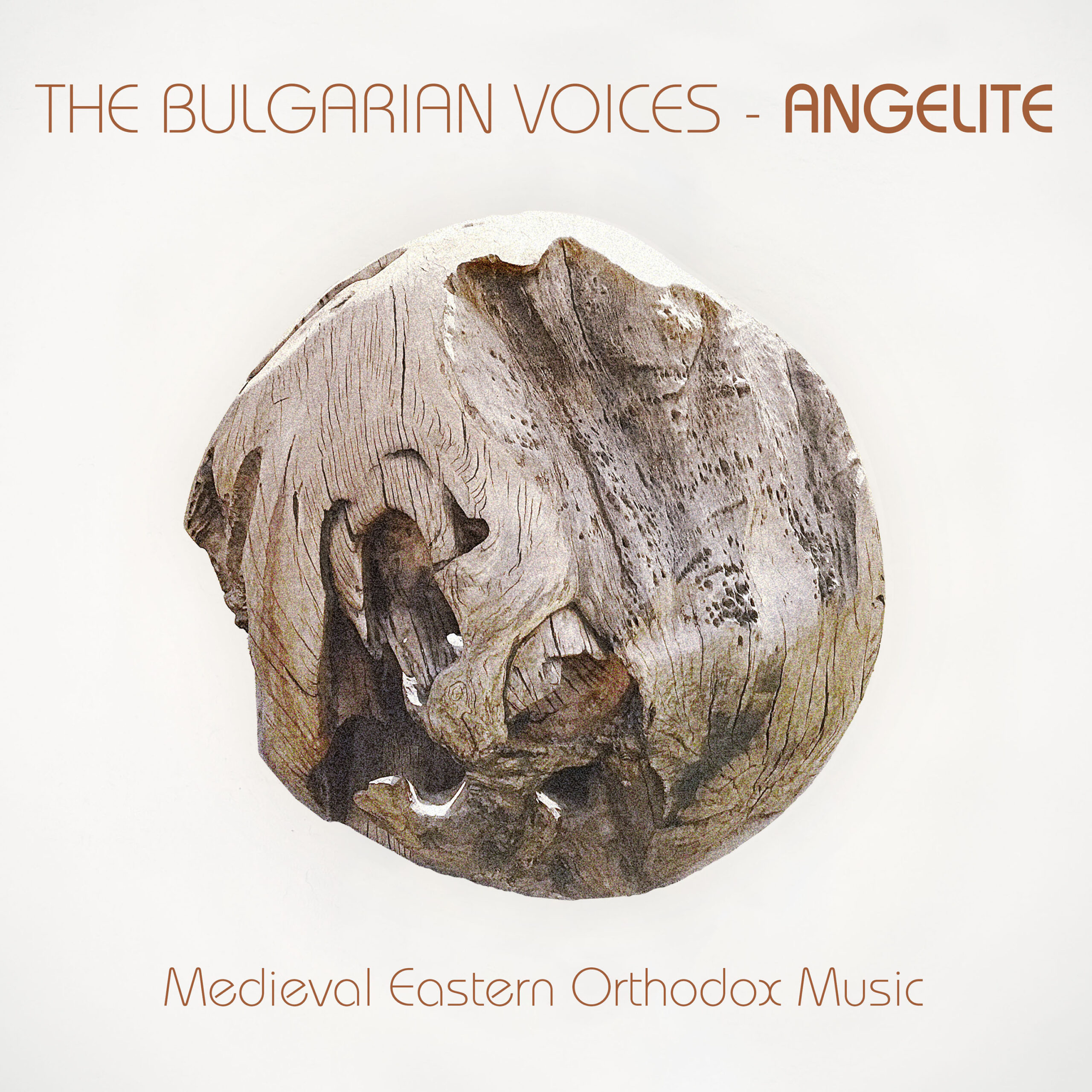Nomansland
19,00 €
“Nomansland” tells a very personal story of slavery from the point of view of the African victims. Men, women and children speak of the terrible events and their consequences: imprisonment, separation, longing, homesickness, hope, resistance and finally the conscious resolution not to pity oneself but to set out to live the future.
African and European musicians alike have participated in this production.
NOMANSLAND tells a very personal story of slavery from the point of view of the African victims. Men, women and children speak of the terrible events and their consequences: imprisonment, separation, longing, homesickness, hope, resistance and finally the conscious resolution not to pity oneself but to set out to live the future.
African and European musicians alike participated in this production. The melodies, rhythms, lyrics, fragments and atmosphere of the songs they developed and recorded are extremely personal and subjective reactions to the events, expressing a great deal more than what is said in the lyrics: The memory of the homeland Africa, physical and emotional pain, the endless transatlantic voyage, labour and oppression, courage and faith in the new countries.
“As a jazz musician in Europe, one’s mind is culturally always someplace other than where the musicians surrounding one are. It takes a while to figure out where! At least I didn’t figure it out until I toured Africa. In Zaire in 1984 I realised how connected and comfortable I feel with Zairean music and musicians. It was all so natural. There I also understood how much the American music culture is influenced by the African, especially jazz. Thus the circle — Europe – Africa – America – Europe — closes.” Jasper vant’t Hof
[/tab][tab title=”Tracklist”]1. “Mihiyo Ha Bohimara” (Nomansland)
We begin in primal Africa, its tranquillity disrupted by the terrors of slave hunting. A young woman tells of the desperate and futile attempt to free her loved one from the chains of the slave hunters with the help of a “Kola”, a magic spell. For her, “everything is destroyed, for one can only love another once.”
2. “Gno Hon Mouna” (No Time to Live)
Despite its dangers, the natural environment of Africa often provided refuge and protection from the manhunters. In “Gno Hon Mouna” the vocalist sings of an animal which has warned her of the hunters coming to kill both it and herself.
3. “Marabout”
Whereas the religious incantations in “Mihiyo Ha Bohimara” were of no avail, now a boy succeeds in hiding behind a “Marabout”, a tutelary god, for he knows instinctively that “if they find me here, I will never return.”
4. “N’Ga Bohe” (Motherland)
Few were as lucky as the boy in “Marabout”. Now in the New World, a child sings of the pain of violent separation from its mother and homesickness for the “land of the drums”; yet the child refuses to cry, “for the music goes with him.”
5. “M’Bogne Mou Ra Fanhe M’Ma” (I Am Sad)
The comfort of being in the new country with other Africans and of knowing that Allah is all-powerful is superimposed by deep grief over the loss of father, mother and brother.
6. “N’Diaraby” (Friendship)
It was surely hard being the only one of the family to survive in the New World; all the more significant does trust in friendship (“N’Diaraby”) and staying together become. “The white men had little difficulty capturing the Africans because there was discord among the latter.”
7. “Saja Terikè” (My Brother Died)
“Saja Terikè” conveys the great despair of losing of a friend under these circumstances.
8. “Libertad” (Freedom)
He who has held onto his life and overcome the loss of homeland and kin, has only one last desire: freedom, “Libertad”.
9. “Años Despues” (Years Later / Jahre später)
“Años Despues” is a reminder that freedom is not given but must be fought for: “After so many years we are still marking time… you must hurry if you still want to have a future …give me your hand and start facing the future.”
10. Get Down
11. Get Up
This past, the never-ending background of the life of black people in the Americas, this past is gone. Now is the time to shape the future and to live. Everyone must take his life into his own hands and embark on his own path: “Get Down” and “Get Up”.
Notes on the languages used: The female vocalists Mabinthy Sakho and Manfrain Camara are from Guinea, Dra Diara from Mali. The languages and dialects of these and other adjacent countries belong to the great family of Bantu languages, the largest branch of which are the Mande languages. Susu (also known as Sousou or Soso) and Maliké are the two most prevalent dialects in Guinea. Bambara, another Mande language and the chief dialect of Mali, is the native tongue of the Pili Pili percussionist Dra Diara. The first foreign languages learned by the slaves in the New World were Portuguese and Spanish. In Curaçao, Izaline Calister’s homeland, Papamiento is spoken, a Creole language which developed from Portuguese and Spanish.
[/tab][/tabs]




